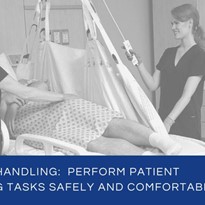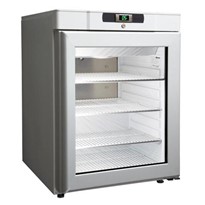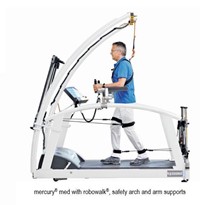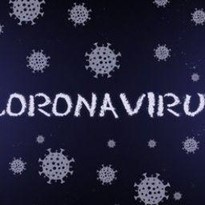Given the reality that PFT presents a high risk of COVID-19 transmission among patients/subjects and clinicians, the American Thoracic Society (ATS) issued a statement with three directives:
- PFT should be performed only when essential for immediate treatment decisions;
- Only the most essential tests should be performed;
- Protective measures should be implemented for both the staff and patients.
Protective measures like wearing masks, gloves, and gowns are familiar to all of us. But what kind of protective measures do the testing devices need to have? And what about the testing procedure? And the testing environment?
ERS COVID-19 PFT Guidelines
These questions were addressed in a recent statement from the European Respiratory Society (ERS), entitled “Recommendations from ERS Group 9.1 (Respiratory function technologists /Scientists) for lung function testing during COVID-19 pandemic and beyond.”
According to the ERS statement, “Lung function tests (LFTs) often generate aerosols in the form of droplets due to patients coughing, and testing often requires generation of high minute ventilation and flow rates. LFTs therefore pose a considerable risk for the spread of infection to individuals and surrounding surfaces within and around the test areas even in asymptomatic patients.”
For the Pandemic Phase (high viral prevalence, or Level 1), and Post Peak Phase (low viral prevalence, or Level 2), the ERS recommends implementing a variety of strategies for limiting the risk of viral transmission when performing testing.
Here are some highlights of the ERS statement:
Organizational Strategies
Recommendations include reorganizing waiting areas and testing rooms, as well as testing schedules. Specifically, enough time needs to be allowed between patients for cleaning/decontamination of the equipment, recalibration, and at least 15 minutes of room ventilation. All in all, for non-mobile plethysmography equipment, they estimate that it will take between 30 to 60 minutes before the next patient can be tested.
Testing Equipment
The ERS explicitly states that testing devices must have a bacterial/ viral filter. Combined mouthpieces/sensors are not recommended. Moreover, lung volumes & DLCO can be performed in a Body Box only “if droplet contamination can be contained, and local national guidelines support this.” Is it realistic to be able to contain droplets in a Body Box? We’re not sure.
Staff Protection; Cleaning and Infection Control
Personal protective equipment such as masks, eye protection, gloves and hand hygiene protocols are, of course, all recommended by the ESR. While room ventilation is recommended, HEPA filters are NOT, due to viral colonization.
So how does the MiniBox+ rate in the context of these guidelines?
It passes with flying colors.
First of all, MiniBox+ testing is performed with a fully compliant bacterial/viral filter.
In addition, because it’s a cabinless device, there’s no issue of droplet co
ntamination, and disinfection is easily accomplished in just a few minutes by an exterior wipedown.
Lastly – since the MiniBox+ self-calibrates after each test, there’s no need to re-calibrate manually. And since it’s portable, after wiping down the exterior the MiniBox+ can be easily moved into another room for testing the next patient while the previous room is ventilated for 15+ minutes. In other words – there’s pretty much no downtime between patients.
Here’s a table that sums it up:
| Category | ERS Group 9.1 Recommendations for Level 1+2 Safety Phases | MiniBox+ |
| Spirometry & DLCO* | Permitted only with a bacterial/ viral filter. Mouthpieces not allowed. |
|
| Lung Volumes in a Body Box | May be performed ONLY “if droplet contamination can be contained, and local national guidelines support this.” |
|
| Expected downtime between patients | Allow 30-60 minutes for post-test cleaning/decontamination procedure, including device re-calibration and 15+ min for room ventilation. |
|
*DLCO in a body box may require same considerations as lung volumes
In other words, the MiniBox+ is:
- Compliant with all ERS Group 9.1 safety recommendations for COVID-19.
- The most efficient complete PFT device on the market, with minimal downtime between patients.











-205x205.jpg)













